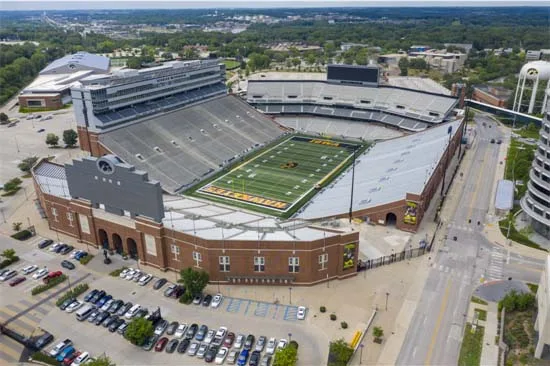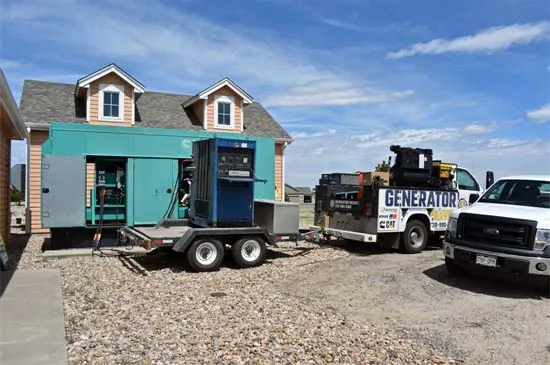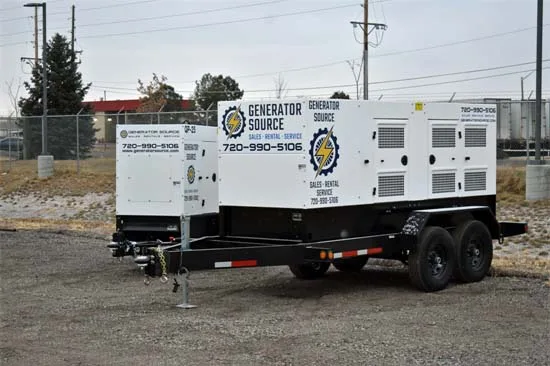
Generator Source has supported universities with standby power solutions for over 40 years, addressing their evolving power needs. Campuses consume significant power, requiring reliable generators for classroom buildings, dorms, libraries, sports complexes, and more.
Emergency Power for Life Safety Systems
Universities must meet standards from organizations like NFPA and NEC, which govern emergency power requirements and electrical installations. Older buildings with outdated infrastructure face additional challenges in maintaining compliance.

For instance, life safety systems in dorms or libraries may require generators for evacuation during power failures, while hospitals on medical campuses demand uninterrupted power for critical operations.
Maintenance Requirements and Wet Stacking Prevention
Diesel generators must be regularly started and load-tested to prevent wet stacking—a buildup of unburned fuel that reduces engine efficiency and longevity. NEC guidelines, such as the 3-way switch requirement, streamline maintenance and load testing, reducing time and labor.

Standby Generator Options
Universities can choose between portable rental generators and permanent installations based on their specific needs:
- Portable Generators: Ideal for smaller campuses or temporary use during maintenance.
- Permanent Generators: Provide redundancy and seamless operation during emergencies, particularly for larger institutions with multiple buildings.

Generator Source Solutions
Generator Source offers a wide range of services, including installation, maintenance, and troubleshooting, as well as an extensive inventory of pre-owned and new generators. With over 35 years of expertise, we help schools and universities maintain operational reliability and safety.
For more information, visit Generator Source.